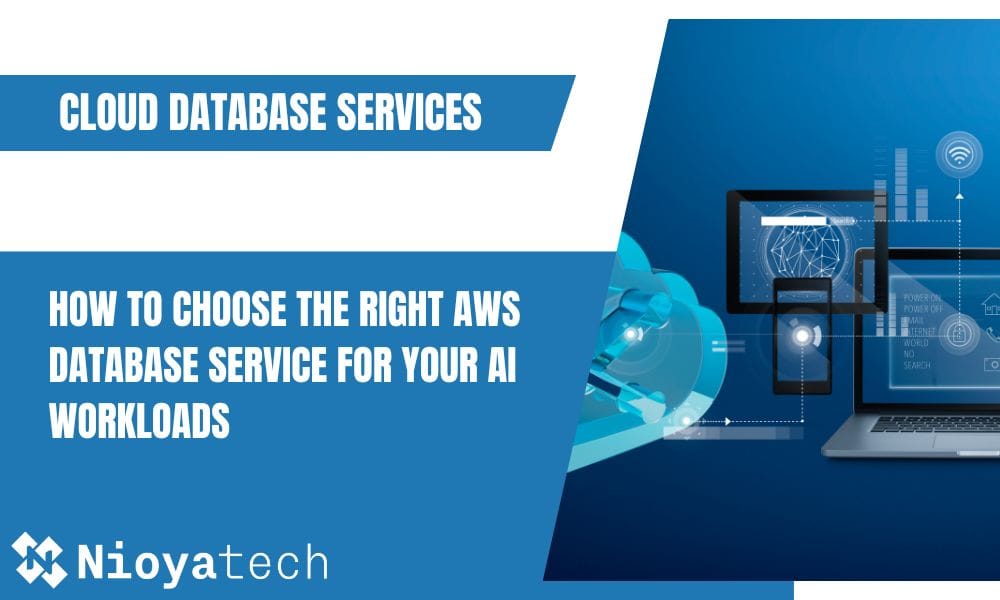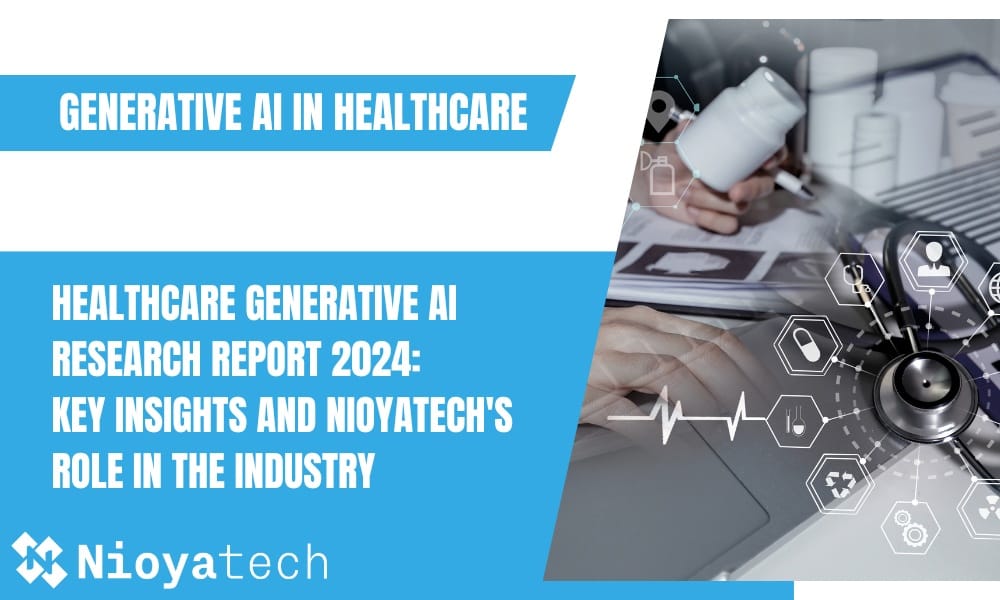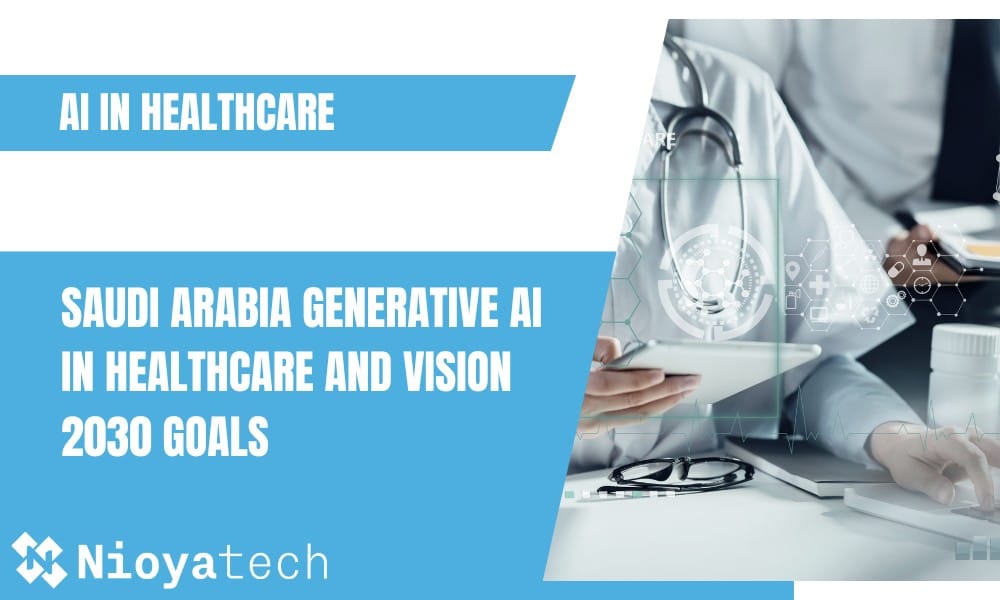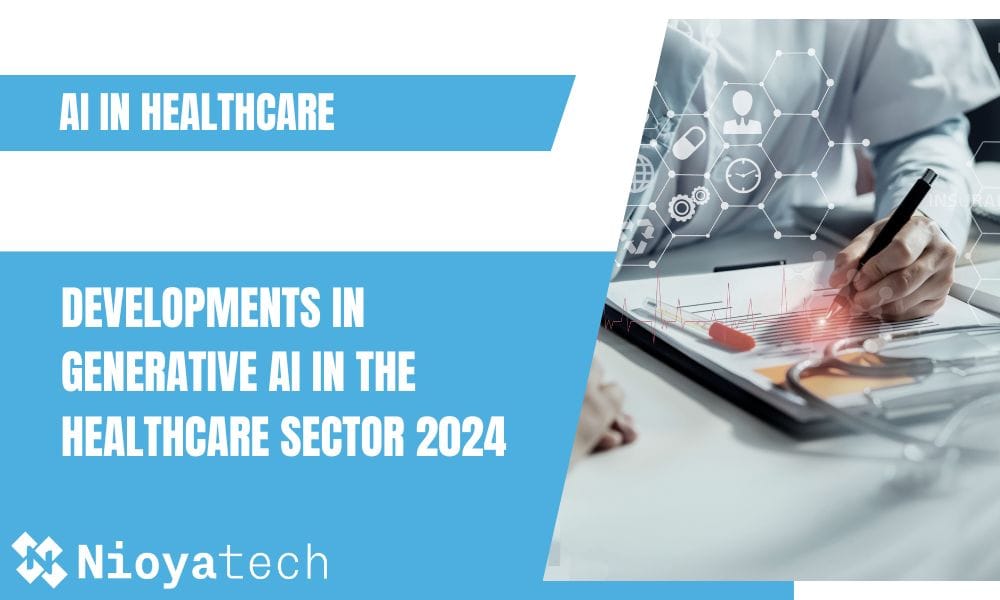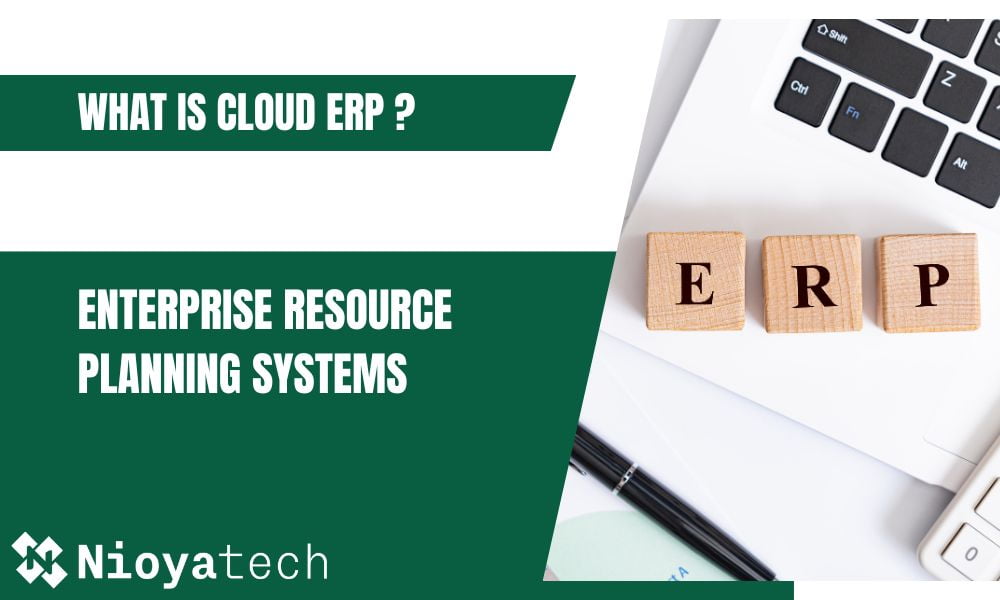Agile is widely used in development environments, however, DevOps is required if continuous integration and delivery (CI/CD) is to be adopted. In older times many teams may be unaware that much of the process from development coding to testing and ultimately production may be automated.
According to AWS documentation, DevOps is a combination of cultural concepts, processes, and technologies that increase an organization’s ability to develop rapid applications and services: updating and improving products at a quicker rate than conventional management approaches. Implementing a CI/CD pipeline in the development environment eliminates confusion, and developers can maintain speedy delivery of fixes and updates during the software lifecycle, which was previously significantly slower due to the lack of automation.

CI/CD is the Backbone of the DevOps Concept
Agile is a concept that allows development and testing iterations in the software development process. Unlike the Waterfall approach, development and testing operations are carried out concurrently under this methodology. This procedure improves communication among clients, developers, managers, and testers.
DevOps Methodology added automation to the agile SDLC process with the help of cloud computing and DevOps tools. Developers can use continuous integration and continuous delivery (CI/CD) to distribute software updates more quickly and lower the number of errors in design and specifications when presenting new modifications to stakeholders. Automation with CI/CD accelerates the process and can considerably shorten software development time.
So What is Continuous Integration and Continuous Delivery, CI/CD?
Continuous Integration and Continuous Delivery shortly CI/CD is the process of automating the SDLC process. Commonly referred to as the CI/CD pipeline it is a series of procedures that must be followed in order to deploy new software releases.
It gets the generated codes, deploys to development and test environments, and makes it easy to find and fix bugs in similar production environments that assist you in properly deploying a new version of the product. CI refers to continuous integration while CD is continuous delivery.
Continuous Integration
Continuous integration is a software development technique in which code changes are integrated into a shared repository, then build and test phases are triggered and performed automatically. The primary aims of continuous integration are to find and resolve flaws quicker, improve software quality, and reduce the time it takes to verify and deploy new software updates.
Continuous Delivery
Continuous delivery is a technique that automates the creation, testing, and deployment of code changes. It stands for one step beyond continuous integration by deploying all code changes beyond the build step to a test or production environment. When continuous delivery is effectively implemented, developers will always have a deployment-ready build artifact that has passed a standardized test process.
Continuous Delivery vs Continuous Deployment
If someone says CI/CD, they usually mean continuous delivery rather than continuous deployment. As it is explained in the previous section, Continuous Delivery is the technique of automatically pushing code updates into the “dev” and “test” (staging) environments so that the dev team can examine the product increment and QA testers can make their tests.
Continuous Deployment is when code updates go beyond Continuous Delivery and are automatically deployed to the production environment on a regular basis. The presence of a manual approval process to move to production distinguishes continuous delivery from continuous deployment. Continuous deployment automates production and eliminates the need for explicit approval.
How to Implement CI/CD Pipeline
Most development teams now use the DevOps approach, but there is no single way to execute CI/CD because most teams tailor the software automation to their specific needs and interests. The secret of an effective CI/CD pipeline is to use the appropriate automation tools and methods. Developers must identify how to coordinate changes and select methods that work with the environment.
Teams should implement CI/CD into the SDLC process through a combination of version control, build, test, orchestration, and configuration management tools.
Version Control
CI starts with centralized repositories, where the development team works on code using version control systems such as Git. A version control system (VCS) keeps track of every change and makes it easy to return when anything goes wrong. It also supports configuration as code, allowing teams to handle testing, infrastructure, and other components as versioned artifacts.
Build
CI build tools package files into deployable components. After passing unit test checks, CD tools deliver artifacts to the operations team for further testing and preparation.
Environments
The term “environment” refers to a deployment infrastructure such as “prod” (production), staging, or “dev” (development) for the deployable components. CI/CD pipeline builds, tests, and deploys code in contexts ranging from where developers write code to where operations teams make apps publicly available.
Test
Any CI/CD workflow relies heavily on testing. Automation facilitates effective CI/CD adoption. Tests must be done as quickly as feasible so that feedback reaches the developer as soon as possible. This enables the discovery of bugs at an early stage. The final result is a bug-free and more accurate application. All of this will be feasible only with test suite automation.
Deploy
The “Deploy” stage is a critical phase where the software or application that has undergone development, testing, and integration is deployed into a production environment. This stage involves the actual release and deployment of the code to make it available for end-users or customers. The primary goal of the Deploy stage is to ensure a smooth and error-free transition from development and testing environments to the production environment.
Configuration Management
Software configuration management is the work of tracking and regulating changes in software in software engineering, and it is part of the wider cross-disciplinary topic of configuration management. Configuration management is frequently used in conjunction with version control and CI/CD pipelines.
Benefits of CI/CD
In an organization that doesn’t use DevOps methodology, the release of software requires a long time for manual deployments and testing, while a mistake that can stop the process can bring everything back to the beginning. In such an environment, due to the effort and time required to get code ready for release, changes are only delivered every few months or so.
But with DevOps, Continuous Integration and Delivery (CI/CD) pipelines automate the build, test, and deploy process and produce several advantages. When done effectively it may reduce development time, manual integrations, and administrative resources. Implementing CI/CD can save thousands of dollars in development costs. Here are the other benefits of CI/CD:
- Reduced defects
- Time-efficiency
- Productivity and Speed
- Improved Delivery
What are the Best CI/CD Tools?
Depending on your goals and, of course, your budget, CI/CD solutions are available in both free and paid models. You can develop your custom automation scripts, but using the correct tools is a lot more effective approach to dealing with automation. Jenkins, GitlabCI, Bamboo, TravisCI, CircleCI, and AWS CodePipeline are some of the most popular CI/CD tools.
CI/CD tools are essential for organizing and automating the pipeline’s many steps, from starting the process after a commit to managing the build, triggering automated tests, publishing artifacts, and aggregating and relaying feedback. Once you’ve decided on a tool, it needs to be set up to work with your version control system.
Continuous Integration and Continuous Delivery Implementation in Nioyatech
Without DevOps tools, the deployment process is complex. The CICD implementation completely solves this complexity as automation happens with one click in the CICD pipeline.
Combined, CI/CD gives the benefit of faster software releases that are reliable, and of the highest quality through test automation and continuous service provision. Due to the reasons above, CI/CD is currently being adopted rapidly in the software engineering industry. It is predicted that the worldwide DevOps software market to reach $8 billion by the end of 2022.
Whether you aim to optimize your own software development life cycle or build from the start with CI/CD automation tools, having a system that can grow to meet your business goals is critical. Nioyatech’s CI/CD Implementation Service allows enterprises to work together to accomplish those common goals.
Sources:
AWS Documentation, https://aws.amazon.com/devops/what-is-devops/#integration
GitHub, https://resources.github.com/ci-cd/
Rajasinghe, Maneka (2021): Adoption challenges of CI/CD methodology in software development teams. TechRxiv. Preprint. https://doi.org/10.36227/techrxiv.16681957.v1

